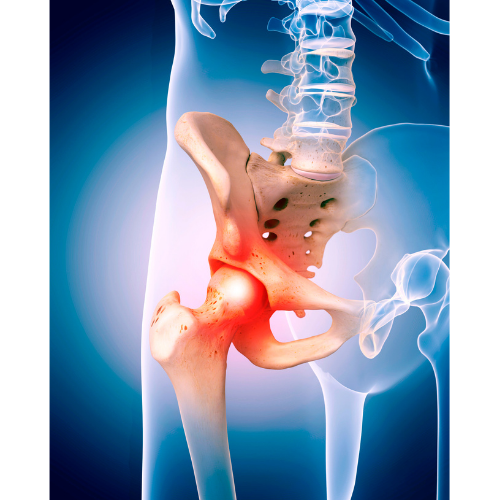This commentary comes from guest contributor Matthew Deren, MD, in response to a recent study in The New England Journal of Medicine.
To cement or not to cement, that is the question. At least it is for many orthopaedic surgeons when deciding whether an intracapsular femoral neck fracture in an elderly patient requires treatment with either a modern press-fit or cemented hemiarthroplasty. The tendency of many of us is to think that subsequent periprosthetic fractures are a problem for other, less experienced surgeons and related to inferior surgical technique.
In a recent report in The New England Journal of Medicine, Fernandez et al. present their findings from a multicenter, randomized controlled trial comparing cemented and uncemented hemiarthroplasty for displaced intracapsular femoral neck fractures in patients ≥60 years of age. The primary outcome was health-related quality of life as assessed using the EuroQol Group 5-Dimension (EQ-5D) utility score at 4 months after randomization. Secondary outcomes included EQ-5D scores at 1 and 12 months, mortality at 12 months, complications including periprosthetic fracture, mobility status, and discharge disposition. A total of 1,225 patients were enrolled in the study. The average age was 84.5 years in the cemented group and 84.3 in the uncemented group.
The authors found that the EQ-5D utility score at 4 months was higher (better) in the cemented group (0.371) compared to the uncemented group (0.315), with an adjusted difference of 0.055 (95% confidence interval, 0.009 to 0.101; p = 0.02). For comparison, the minimal clinically important difference for the EQ-5D has been reported to be between 0.050 and 0.075, with a similar loss of utility score of 0.06 after myocardial infarction. Of note, follow-up data were only available for 877 (71.6%) of the 1,225 patients.
In terms of the secondary outcomes, periprosthetic fractures were more frequent in the uncemented group (2.1%) than in the cemented group (0.5%), with an odds ratio of 4.37. Other complications were similar between the groups.
In discussing the relatively high rate of attrition and missing data, the authors note it likely reflects the realities of accessing data from the frailest subgroup of patients with hip fracture. Another important design consideration of this trial was the inclusion of patients with cognitive impairment whose outcomes data was reported by use of a proxy. Say the authors, “including information to inform the care of this subgroup of patients is important, because approximately 40% of all patients with hip fracture have some degree of cognitive impairment on admission to a hospital.”
The findings of this study help to further support the use of cemented hemiarthroplasty for femoral neck fractures by demonstrating a modest but significant difference in quality of life as well as a lower risk of periprosthetic fracture. I think we as surgeons must think critically about the data available to us, particularly when it comes to a frail patient population such as those who experience a hip fracture. Anything we can do to improve outcomes and reduce complications is worth serious consideration. In my practice, a patient with a displaced femoral neck fracture who is indicated for an arthroplasty procedure, whether a total hip arthroplasty or hemiarthroplasty, receives a cemented femoral stem, with the exception of those infrequent cases in which there is a strong indication for cementless fixation.
Matthew Deren, MD is an orthopaedic surgeon at UMass Memorial Medical Center, an assistant professor at University of Massachusetts Medical School, and a member of the JBJS Social Media Advisory Board.




This study reaffirms what was advocated almost 50 years ago when I was in training. What else is new?
Using cemented hips in these cases certainly require extra detail at the time of cement. Fat embolism is sometimes a fatal event in the Edsel y with little reserve . Hydration and oxygenation are critical by the anesthesiologist leading up to cement . At former institution, we saw quite a few more patients going to the ICU post post-op than press fit ones.(anecdotal)